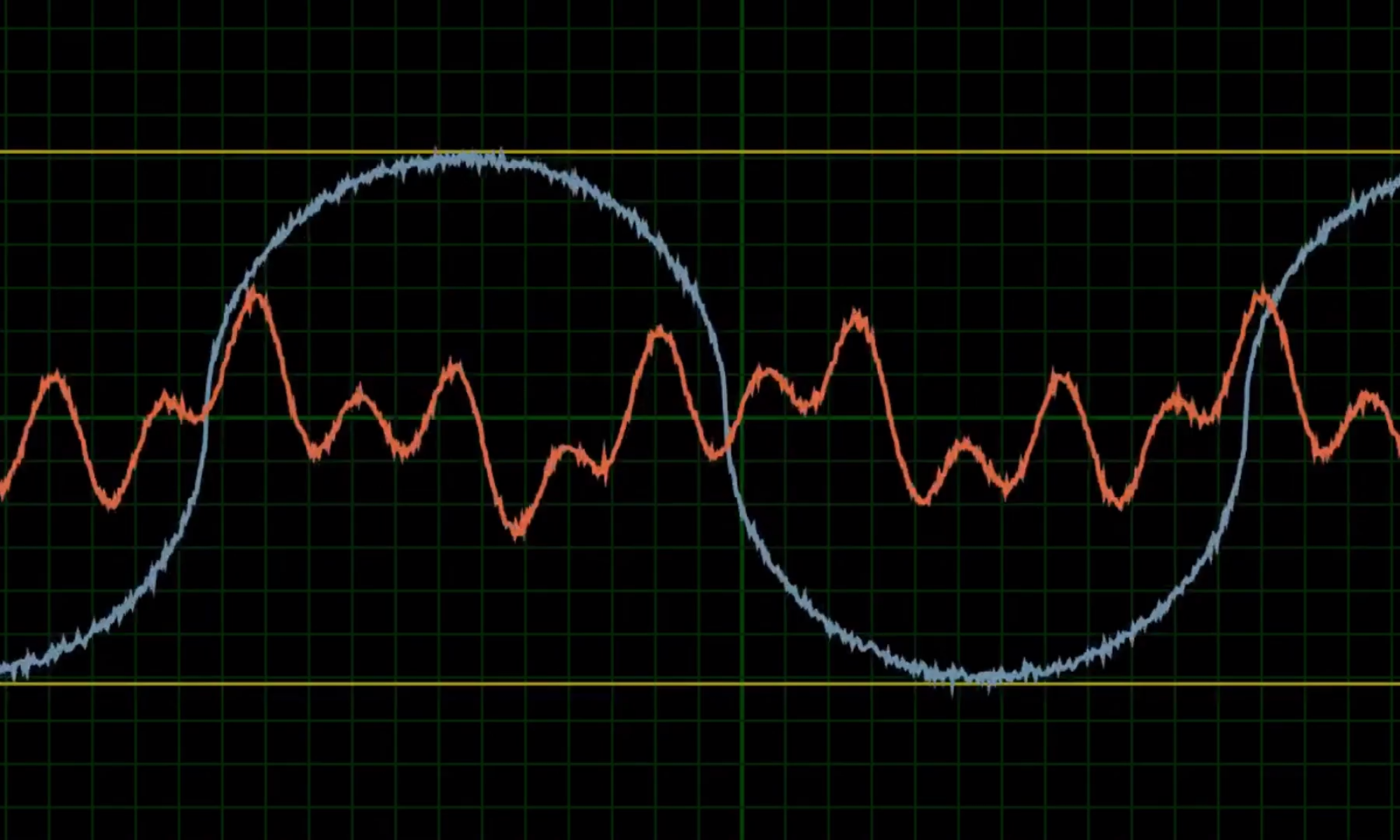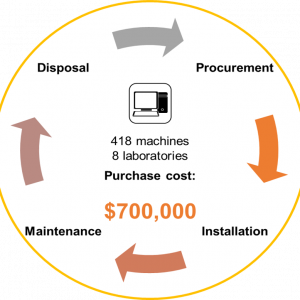Many organisations buy and maintain large numbers of desktop computers, which are held for a fixed time and then replaced. There are few publically available studies on the optimal time to replace a computer, and the existing studies focus solely on for profit organisations. Little is known about the failure rates and expected life of consumer machines. In terms of maintenance, this often means reactive, unplanned work undertaken by Information Technology (IT) specialists. The reactive nature of the work contributes to inconsistent reporting and inadequate historical data for analysis. This project establishes procedures for failure identification and recording for a fleet of 418 desktop computers. The computers were all purchased at the same time with an expected retirement date in 2019. Failure characteristics were investigated, using data mining to identify causes and frequency of computer failures. More than 80% of failures were caused by hardware, of which hard drives failed most frequently. Annual failure rates increased from 9.0% to 16.8% between 2016 and 2017, with a predicted steady increase in failures for 2018 and 2019. Machine failures occurred randomly, with no evidence of temperature and utilisation contributing to failures. The life cycle evaluation establishes a trade-off between cost, performance and maintainability. The data analysis informed development of a dashboard and reporting tool to enable IT staff to identify failures quickly, and record them onto a database. This project develops a dynamic approach in using failure data to support
forward planning and determining a replacement date that balances the priorities of cost, performance and maintainability.
Stephanie Lye completed her project for her Mechanical Engineering Masters project. She was cosupervised by Tim French in Computer Science and Melinda Hodkiewicz in Engineering and worked closely with the UWA EMS IT team.


